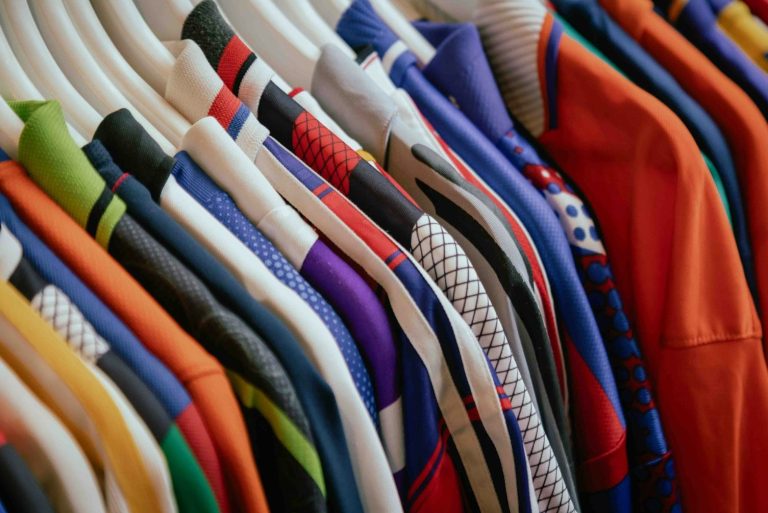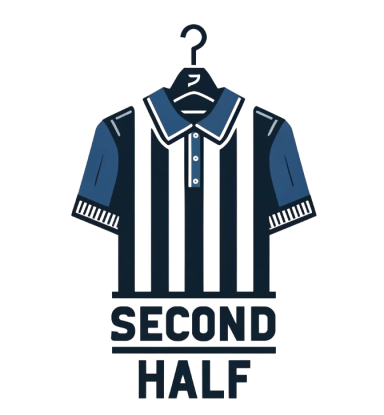
How to Spot a Fake: 7 Signs Your Vintage Shirt Isn’t the Real Deal
The demand for vintage football shirts has never been higher, and unfortunately, neither has the number of fakes.
In a market flooded with clever counterfeits and poor reproductions, knowing how to spot the real thing is key for any collector.
Here’s what to look for, so you can buy (and wear) your shirts with confidence.
publication date: 12-06-2025
1. The Tags & Labels Don’t Match the Era
Every brand: Adidas, Umbro, Nike, Puma, evolves its tags and internal labels over time.
If you know what to expect for the year and brand of the shirt you’re buying, fake tags are easy to spot.
Tip: Check inside neck labels, sizing tags, wash labels. If they look too modern, or too generic, be cautious.
2. Poor Badge & Crest Quality
On authentic shirts, badges and crests are usually:
- Woven
- Embroidered
- Heat-pressed (on modern shirts), but with precision
If you see uneven stitching, fraying edges, or slightly crooked badges, big red flag..
3. Incorrect Sponsor Placement or Size
Sponsors tell the story of the era. Fakes often get:
- The sponsor logo too big or too small
- Placed too high or too low
- Printed in the wrong style (fuzzy instead of sharp vinyl, for example)
Tip: Compare to images of verified originals. Minor details matter.
4. Wrong Material or Weight
Fakes often feel off, lighter, thinner, too stretchy or just wrong in texture.
Vintage shirts, especially from the 80s–90s, often used heavier poly or cotton blends, not thin, cheap polyester.
If it feels flimsy or plasticky, trust your gut.
5. Incorrect Fonts & Numbers
Printing styles evolve. Fakes often copy modern fonts or use poor-quality retro fonts for classic shirts.
Look for:
- Incorrect size or shape of numbers
- Wrong spacing
- Flimsy printing
- Fonts that don’t match official club or league standards for that season
6. The Price is Too Good to Be True
If you see a rare, high-demand shirt for way below market value, question it.
Fakes rely on panic buying and fear of missing out.
If a deal looks too good, it probably is.
7. Missing Provenance or Seller Transparency
Reputable sellers (like us!):
- Clearly describe shirts
- List any flaws
- Show detailed photos
- Provide context on origin
If a listing is vague, rushed, or lacks transparency, be cautious.
Final Whistle
Spotting a fake takes practice, but once you know what to look for, it gets easier.
And when in doubt? Buy from trusted sources who care about authenticity.
At Secondhalf, every shirt is 100% genuine, inspected and graded, because heritage matters.
Don’t let fakes into your collection. Keep it real.
